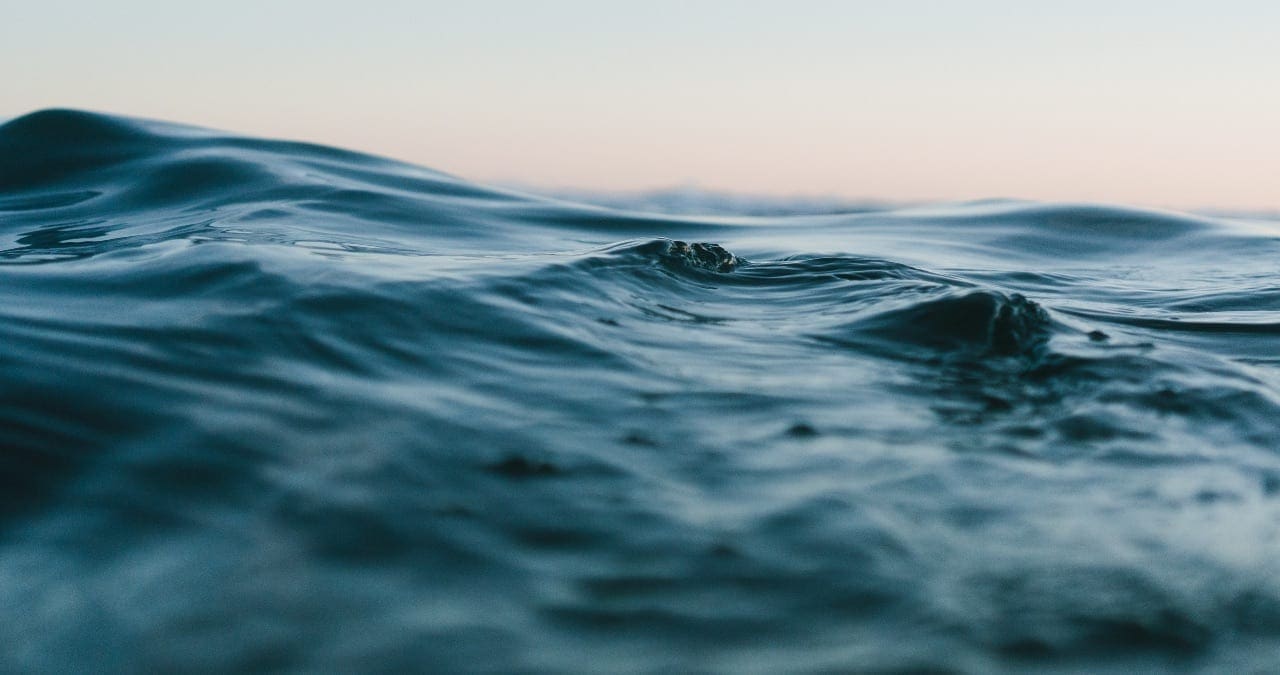Author Terri Cook explores the encouraging advancements that have been made in detecting the effects of climate change on ocean productivity.

This story originally appeared in Eos (https://eos.org/research-spotlights/a-promising-development-for-detecting-ocean-productivity) and is republished here as part of Covering Climate Now, a global journalism collaboration strengthening coverage of the climate story.
A comparison of primary productivity measurements across the North Pacific Ocean demonstrates the potential for using autonomous instruments to discern effects of climate change on the marine food web.
SOURCE: Global Biogeochemical Cycles

The ocean’s primary productivity—the pace at which organisms photosynthesize organic compounds—is an integral part of the global carbon cycle that affects the cycling of important nutrients and trace metals in marine ecosystems. Ocean primary productivity also controls carbon dioxide exchange between the air and the sea, which in turn affects the concentration of this gas in Earth’s atmosphere.
Despite the fundamental importance of primary productivity, direct measurements of this process remain difficult to obtain, in part because the traditional bottle incubation method requires the use of radioisotopes that are difficult and expensive to dispose of. The resulting lack of information has left oceanographers unable to accurately determine how ocean primary productivity patterns vary through space and time.
To help fill this gap, Henderikx Freitas et al. tested the potential of both ship- and float-based platforms to estimate ocean primary productivity during a 2017 research cruise from Alaska to Hawaii. During the transit, which crossed almost 40 degrees of latitude, the team made frequent, in situ observations of carbon and oxygen concentrations via three different methods to estimate production and respiration rates across this ecologically diverse swath of the North Pacific.
The float and shipboard measurements yielded similar estimates, a finding that suggests that autonomous, float-based platforms have the potential to greatly expand our knowledge of global ocean productivity patterns. The researchers also observed that the marine ecosystem’s metabolic characteristics were consistent along the transect, a surprising result given the large-scale transition from nutrient-rich subpolar waters to nutrient-depleted subtropical conditions and the corresponding tenfold decrease in biomass.

According to the authors, the study results offer a potential path forward for obtaining data needed to constrain spatial and temporal trends in ocean primary productivity and to establish a basis for evaluating modeling- and satellite-based estimates, which currently have large uncertainties. If further testing supports the paper’s conclusions, oceanographers will have a practical technique with which to elucidate long-term ecological consequences of global warming on the marine food web. (Global Biogeochemical Cycles, https://doi.org/10.1029/2019GB006518, 2020)
—Terri Cook, Science WriterCitation: Cook, T. (2020), A promising development for detecting ocean productivity, Eos, 101,https://doi.org/10.1029/2020EO148388. Published on 03 November 2020.


